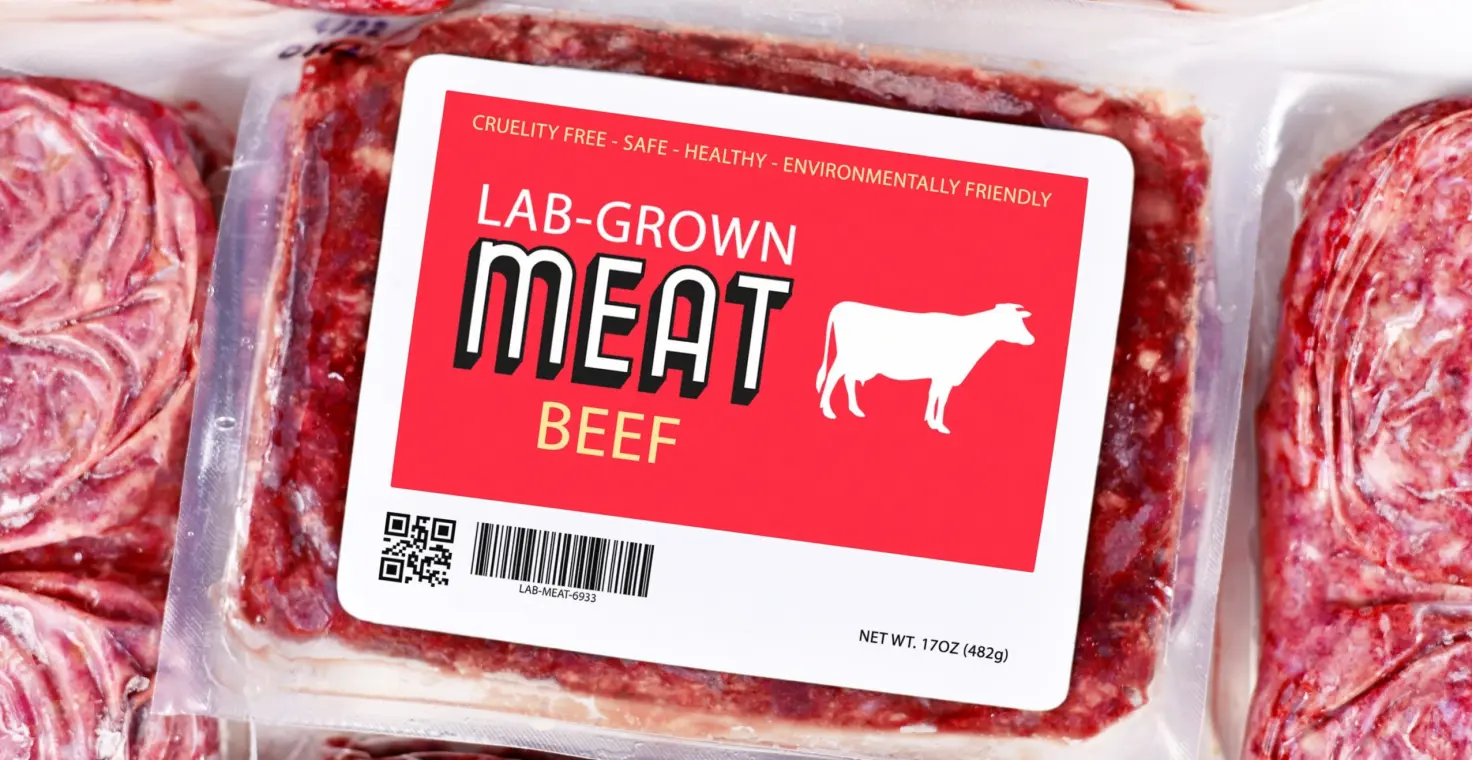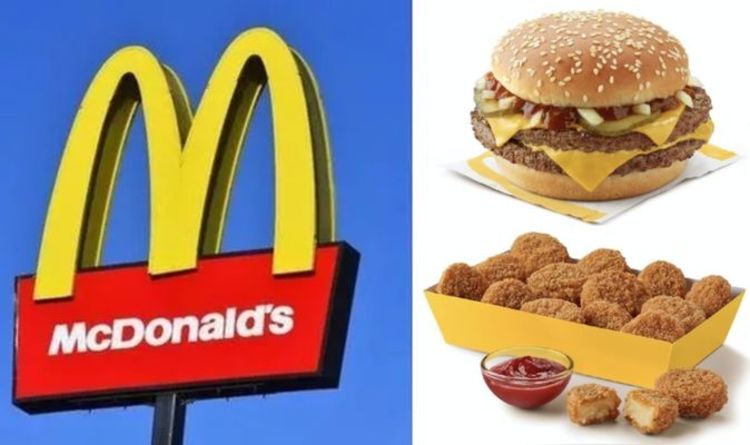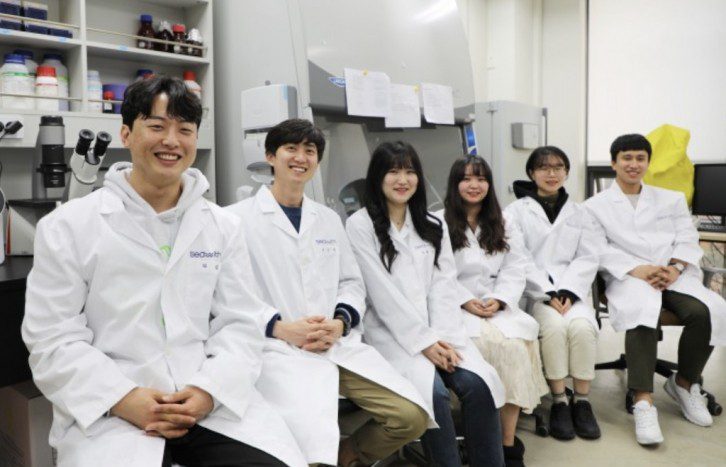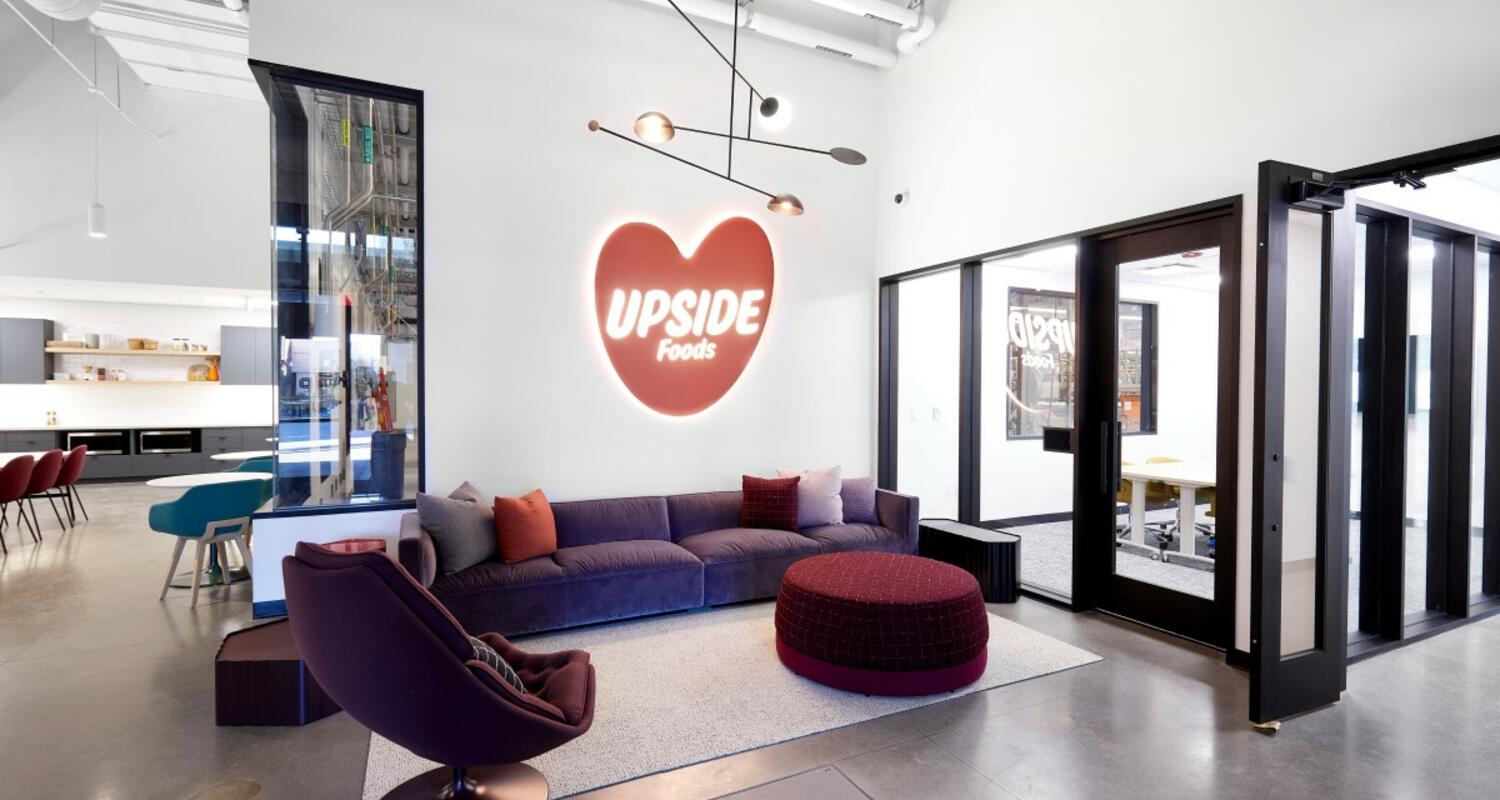This article is from The Spark, MIT Technology Review’s weekly climate newsletter.
I briefly became a vegetarian around the age of 13. The story is a common one in my generation, I think: I saw a video of slaughterhouse conditions, cried my eyes out, and vowed never to eat meat again.
I lasted a few weeks, during which time I ate a lot of peanut butter sandwiches. Eventually, though, I gave up: meat was central to my family’s diet, and I found myself missing some of my favorite foods, especially Chick-fil-A sandwiches. (Fun fact: I went on to work there for a year in high school.)
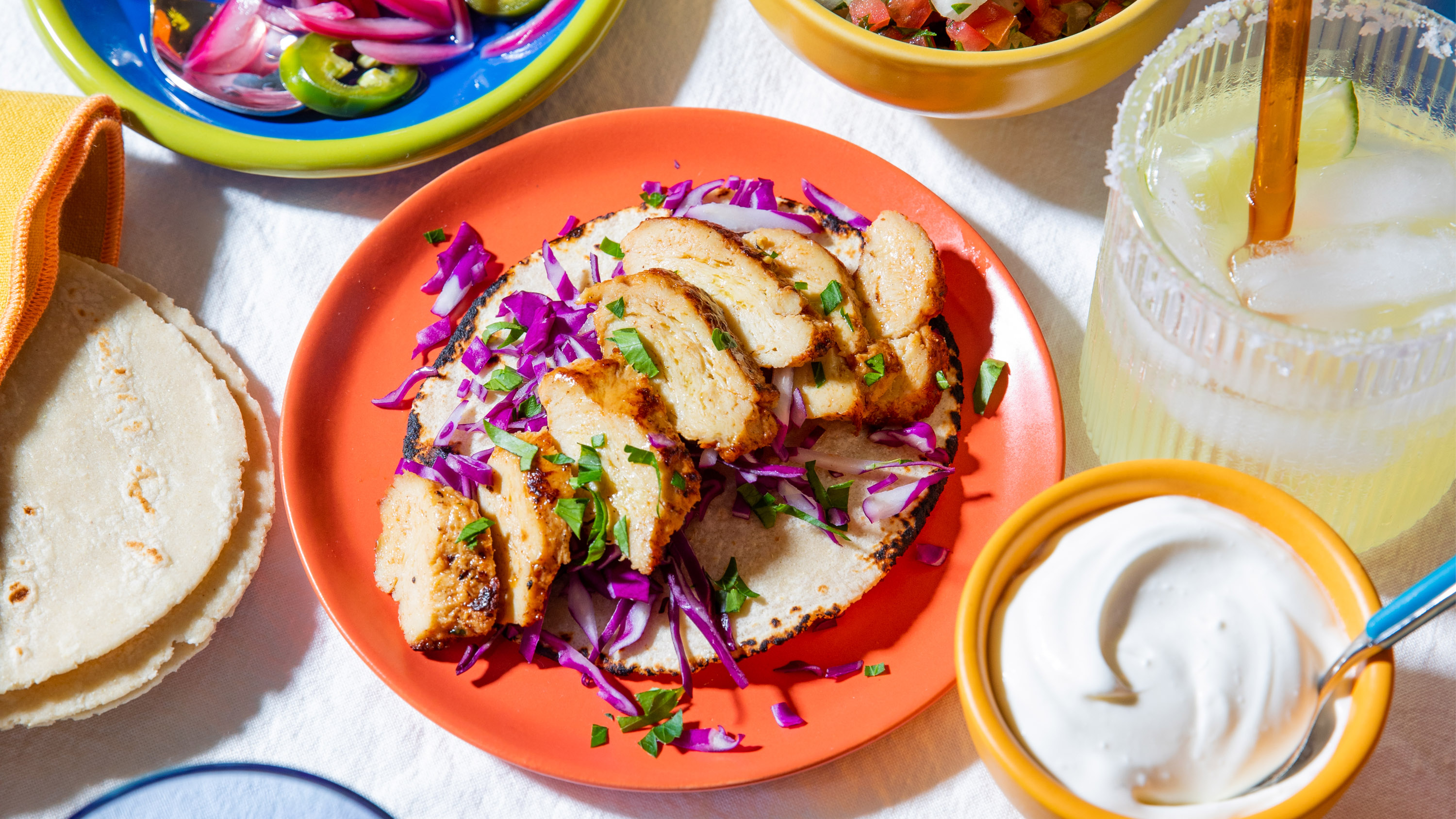
I think my younger self would be excited to know how quickly the world is changing. It’s easier to avoid meat these days if you want to, with alternative products like plant-based meat becoming more common (you can even get Impossible burgers at Burger King now). And soon we might have new options, like products made with animal cells grown in a lab.
Just last week, the US Department of Agriculture gave the green light to two companies to make and sell their cultivated chicken products in the US. This is a major moment for the field—even if a lot of milestones are left ahead. In a stroke of luck, this week I’m at a conference called Future Food Tech, where people are talking about the biggest news and challenges for alternative proteins of all types.
Cultivating success
Eat Just and Upside have reached the end of a complicated regulatory process that includes both a nod from the Food and Drug Administration and multiple approvals from the USDA.
This is a huge milestone for the industry, and it’s been the talk of Future Food Tech this week. “There was a lot of celebration, of course,” said Patricia Bubner, cofounder and CEO of the cultivated meat company Orbillion Bio, during a panel discussion. There had been a looming question about whether this sort of product would be legitimized—and now it is, at least in the US, “the most significant market,” said Arik Kaufman, cofounder and CEO of Steakholder Foods.

Cultivated meat had previously been approved only in Singapore, and it has been served in a restaurant there over the past couple of years. Now it’s legal for the two companies to serve their products in the US too, and both plan to do so in restaurants in the coming months.
But as Upside’s chief operating officer, Amy Chen, put it in a talk at Future Food Tech, “in so many ways, we’re just getting started.”
One major thing I’ll be watching is how these companies start producing their products at larger scales. Upside’s pilot facility can currently produce around 50,000 pounds (22,600 kg) of finished products each year. At full capacity, it will eventually be able to grow to about 400,000 pounds (180,000 kg) per year.

** Click here to read the full-text **







